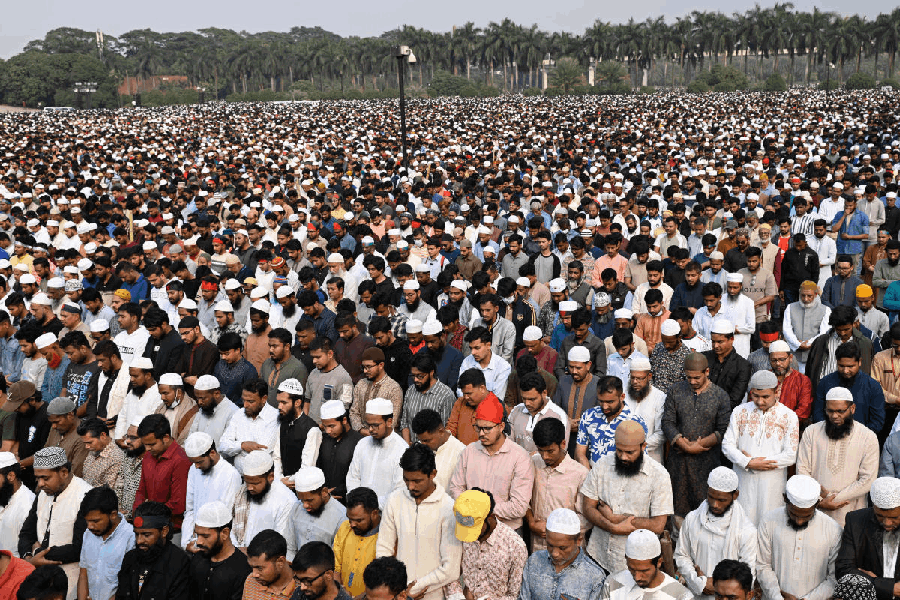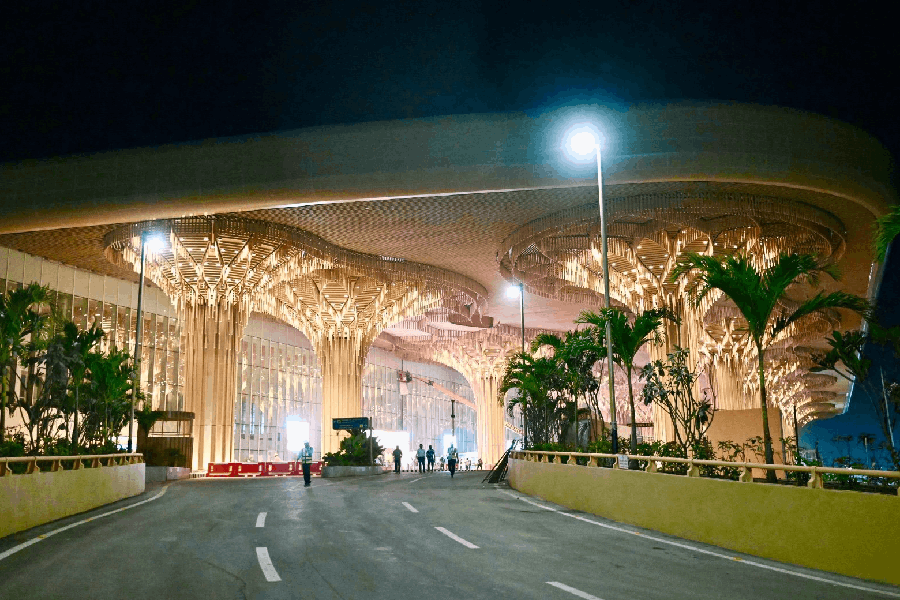 Sunday, 21 December 2025
Sunday, 21 December 2025
 Sunday, 21 December 2025
Sunday, 21 December 2025
Dr. Paul Warner, a researcher who has spent more than a decade exploring ancient texts and pyramid structures, has claimed that the body of Jesus Christ—and the fabled Ark of the Covenant—may be buried in a sealed cave beneath Egypt’s Great Pyramid of Giza.
According to RadarOnline.com, Warner asserts that within the pyramid's little-known Southern Passageway lies a hidden chamber—what he referred to as the "Cave of the Patriarchs"—where he believes both the remains of Jesus and the Ark reside.
By cross-referencing sacred scriptures from Judaism, Christianity, and Islam with ancient Mesopotamian clay tablets, Warner triangulated a location pointing toward the Great Pyramid.
Sites such as Mount Sinai, Mount Zion, the Mount of Olives, and the Quranic Mountain of Light guided him toward Giza.
Using imaging equipment as part of the Scan Pyramids Mission—an international initiative launched in 2015 to detect unknown voids in Egypt’s pyramids—Warner identified man-made chambers carved deep into the pyramid’s bedrock.
He argues that a final stone block at the end of the Southern Passageway conceals a network of untouched structures.
Among Warner's most surprising claims is that Jesus might have delivered the Sermon on the Mount at this location, tying one of Christianity’s most iconic moments to Egypt, rather than the hills of Galilee.
In late 2021, Warner handed over a decade’s worth of research to Egypt’s Science Office.
Authorities reportedly lauded the findings, calling them a “scientific revolution for the benefit of all humanity.”
In October 2022, following a meeting with Egypt’s minister of tourism and antiquities Ahmed Issa, Warner agreed to share his data free of charge in exchange for continued exploration beneath the Southern Passageway.
Warner was even appointed a consultant to the Scan Pyramids Mission.
But he claims that despite this agreement, the international team, who runs the mission, has yet to honour their promise of scanning beyond the final stone block.
Warner has appealed to the Lebanese Prime Minister to avert an international impasse.
This finding goes against another theory which claimed that Jesus Christ survived the crucifixion and lived out his final days in India has sparked both intrigue and controversy.
According to a book, Jesus travelled to the Kashmir Valley, where he preached and eventually died of natural causes.
The Roza Bal shrine, a modest tomb revered by some locals as the resting place of a saint named Yuz Asaf, located in the Khanyar area of Srinagar, gained international attention in the 20th century after books such as Holger Kersten’s “Jesus Lived in India” and “Christ in Kashmir” by Aziz Kashmiri claimed that Yuz Asaf was, Jesus Christ.
Kersten, a German author, argued that ancient texts and apocryphal records, along with Buddhist and Islamic references, point toward Jesus's journey to India in search of the lost tribes of Israel.
But all these claims remain contested among historians and theologians, with mainstream Christianity rejecting the idea.
Warner believes that unveiling Christ’s remains—if proven true—alongside the Ark of the Covenant could reshape religious understanding and “bring peace to the Middle East.”







